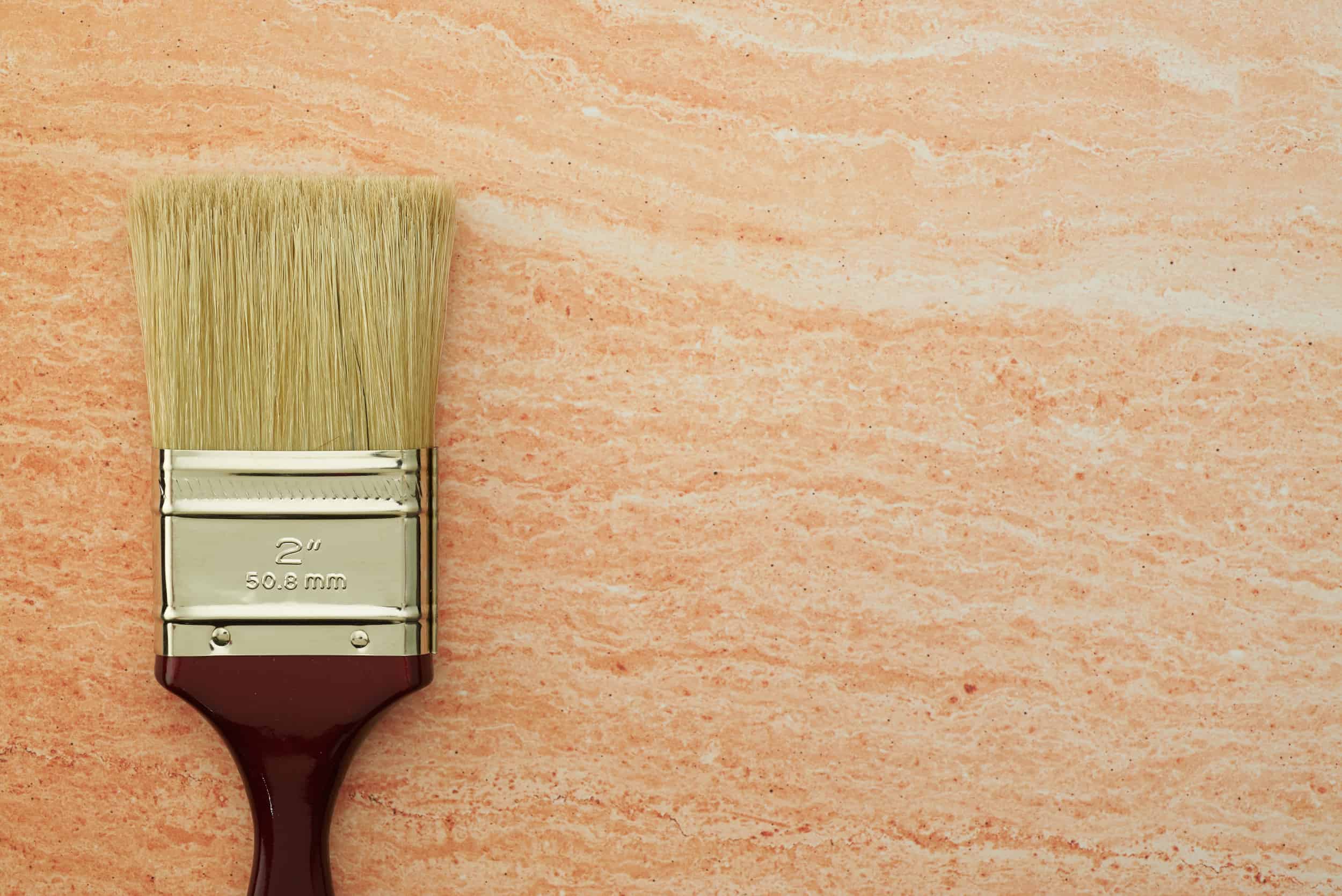Personalising a property
When the Scottish Government announced plans for ‘A New Deal for Tenants’ in late 2021, one of the proposals concerned giving tenants greater flexibility to personalise their homes and keep pets. In August 2022 the government published an analysis of responses to this Draft Rented Sector Strategy, which contained a variety of discussion points surrounding redecoration.
Currently tenants must seek permission from their landlord to redecorate their rented property, however, it is implied in the proposal that this would become a right under the new deal. The analysis states that a number of respondents to the consultation commented that landlords should be able to insist that the property is reinstated to its original condition or an agreed condition at the end of the tenancy, something that is reflective of the status quo – albeit subject to the landlord approving the change in the first place rather than redecoration being a given right.
Tastes and standards
Everyone has different views on home decoration, both in terms of taste and standard, which can result in disagreements. The personal taste issue is perhaps the main driver for a general insistence on returning décor to its original condition at the end of the tenancy.

This is not a case of landlords flexing authority or being difficult but, as is mentioned in the new deal consultation analysis, to ensure the property appeals to as broad a market as possible when it is time to re-let it. Prospective tenants can see neutral tones as a blank canvas for their new home whereas they may be put off by, for example, bright red paint or heavily patterned wallpaper – particularly if they themselves would rather avoid having to redecorate and simply want to settle in ready-made surroundings they are comfortable with.
Decoration standards are another matter. The colour palette might be perfectly palatable, but if the work carried out either by a tenant or a tradesperson acting on their behalf is not of an adequate quality (patchy paintwork, poorly hung wallpaper), then a landlord will most likely want or need this to be remedied before a new tenant moves in.
Décor disputes
Of repayment disputes handled by tenancy deposit protection scheme SafeDeposits Scotland in the year 2021-22, 25% involved claims relating to redecoration. While not the most frequent cause for a claim (the percentage of damage claims was nearly double those for redecoration, and for cleaning higher still), redecoration generated the highest average amount claimed for at £258. By comparison, the average claims for damage and cleaning were £205 and £159 respectively.
Various scenarios will have been at the root of these redecoration disputes, from tenants carrying out work without permission to failing to return a room to its original condition. There will also be occasions where claims made under other headings have arisen as a result of tenants redecorating – for example, damage to furniture that has not been moved or covered when painting.
Avoiding decoration discord
At present, whether or not a tenant can redecorate remains at the discretion of the landlord. Lack of awareness about that can be countered and resultant disputes minimised if the tenancy agreement clearly states the landlord’s policy on redecoration. Problems can be avoided further still if the landlord goes into detail on the agreement about their expectations should they give permission for redecoration. In particular, do they insist that any work is carried out by a professional? It could, after all, be the work done to return a room to the original condition that ends up being substandard. Clear guidelines and expectations will help avoid time consuming disputes for all parties, and pave the way for getting a property back on the rental market without having to address any redecoration mishaps first.


